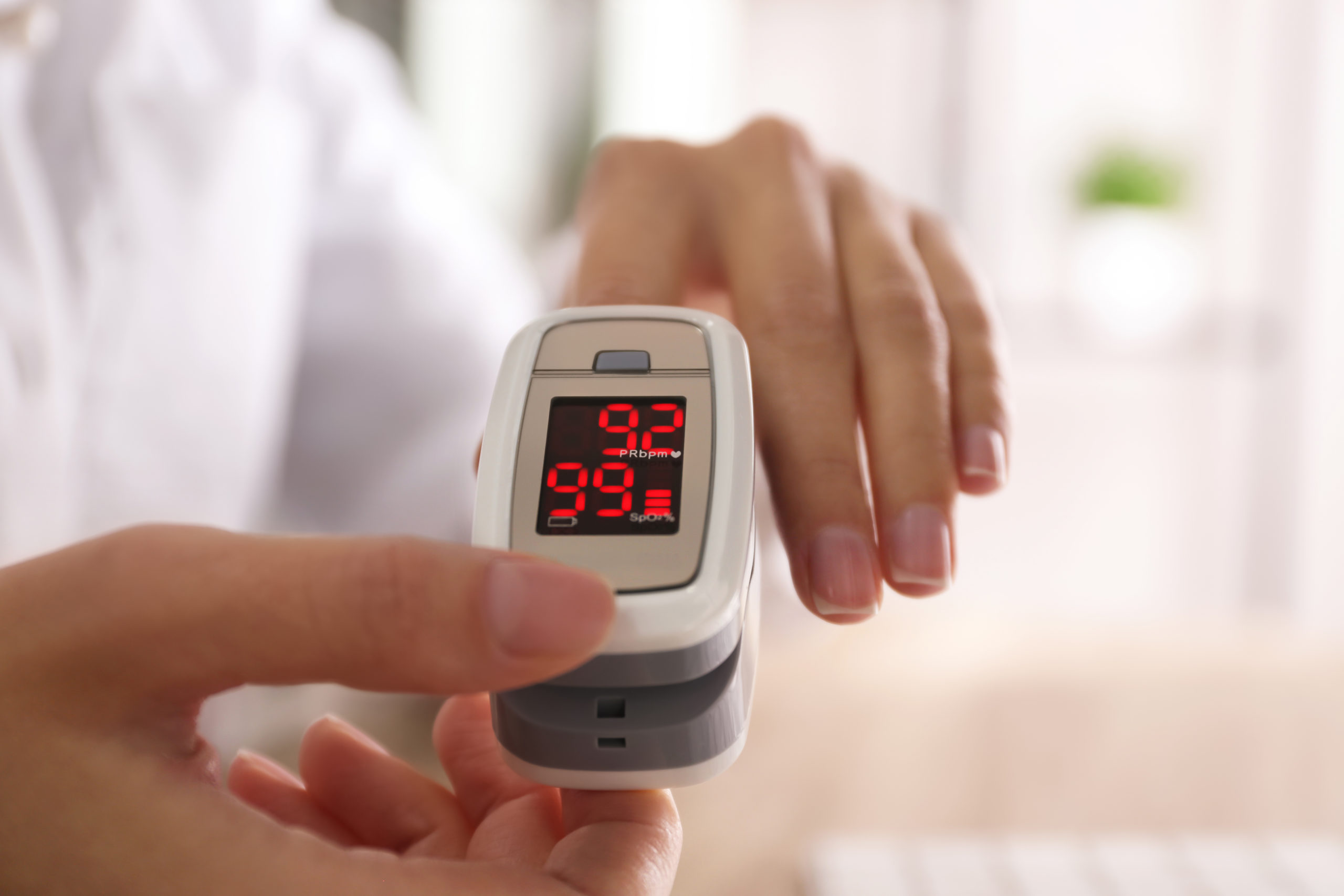Case Study: COVID Oximetry @ home (COAH) and COVID virtual wards (CVW)

What is CO@H and CVW?
Using pulse oximeters, these two models are used to detect the early signs of deterioration in patients with confirmed or suspected COVID-19. CO@H allows patients at risk to safely self-monitor their condition at home, providing an opportunity to detect a decline that might require hospital admission. CVW is a secondary care-led initiative to support early and safe discharge from hospital for COVID-19 patients.
What were the aims of CO@H and CVW?
- To support the rapid expansion of the CO@H model in all CCGs
- To support the development of CVW across all acute hospitals, supporting early discharge using pulse oximetry
- To support the two models to implement digital solutions to remotely monitor patients at home with COVID-19
What did we do?
HIWM forged a strong partnership with the Midlands NHSE&I team to coordinate a strategic plan in relation to the CO@H and CVW responses. HIWM then supported all 19 CCGs across the six STP areas in the West Midlands with the development of the CO@H pathway.
We helped with the development of integrated pathways, onboarding patient referral processes, scaling up to capacity, submission of data via Strategic Data Collection Service, NHS Digital (SDCS NHSD), and tracking priority patients as part of the Secure Electronic File Transfer (SEFT) daily list.
What were the outcomes?
There has been a total of 3,816 patients supported by either the CO@H or CVW model across the West Midlands.
HIWM achieved 100% rollout of the CO@H Step Up model during Q3 2020/21, which was sustained throughout Q4. HIWM has also supported the development of 11 trust-level CVWs, representative of 92% rollout, to step down patients in order to facilitate early discharge and monitor patients in the community.
For more information on the CO@H and CVW models, click here.
